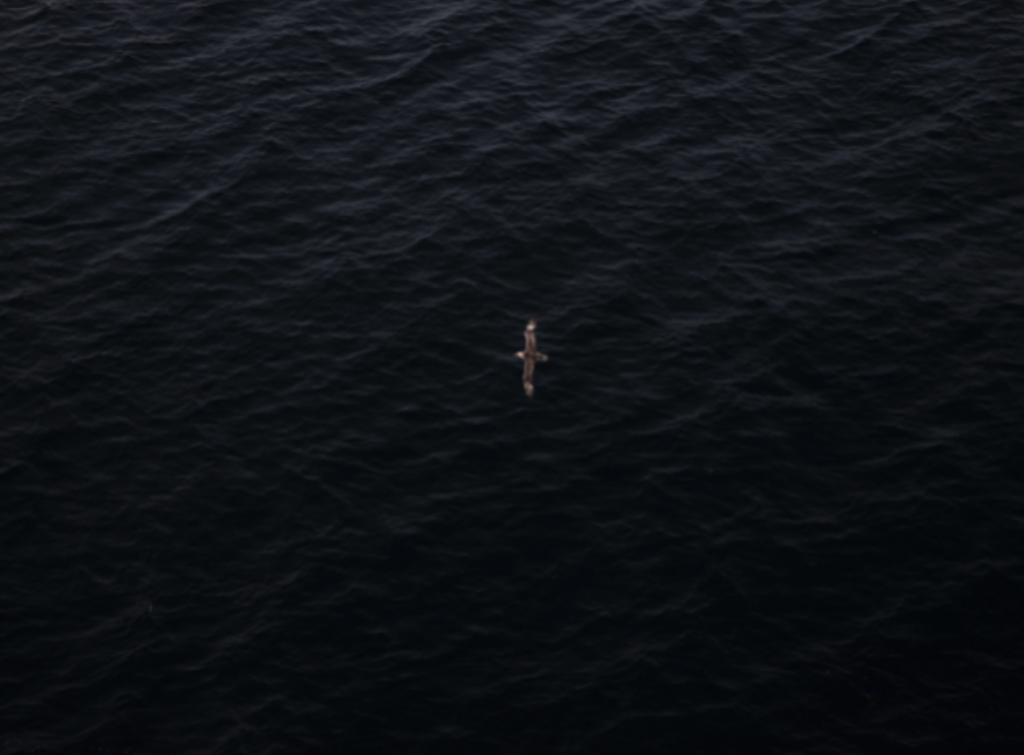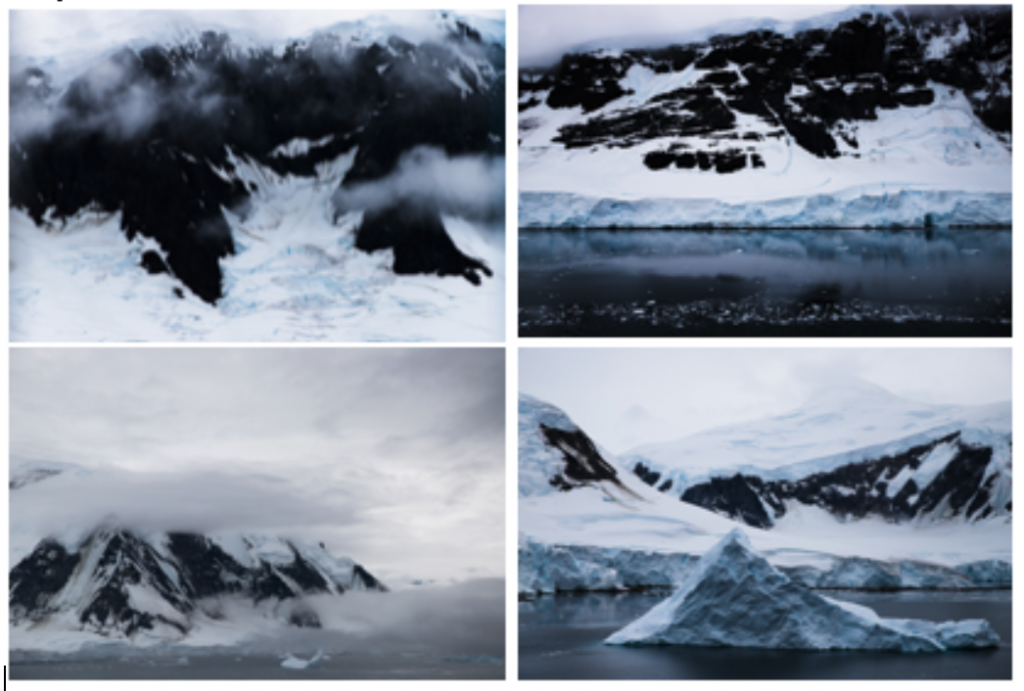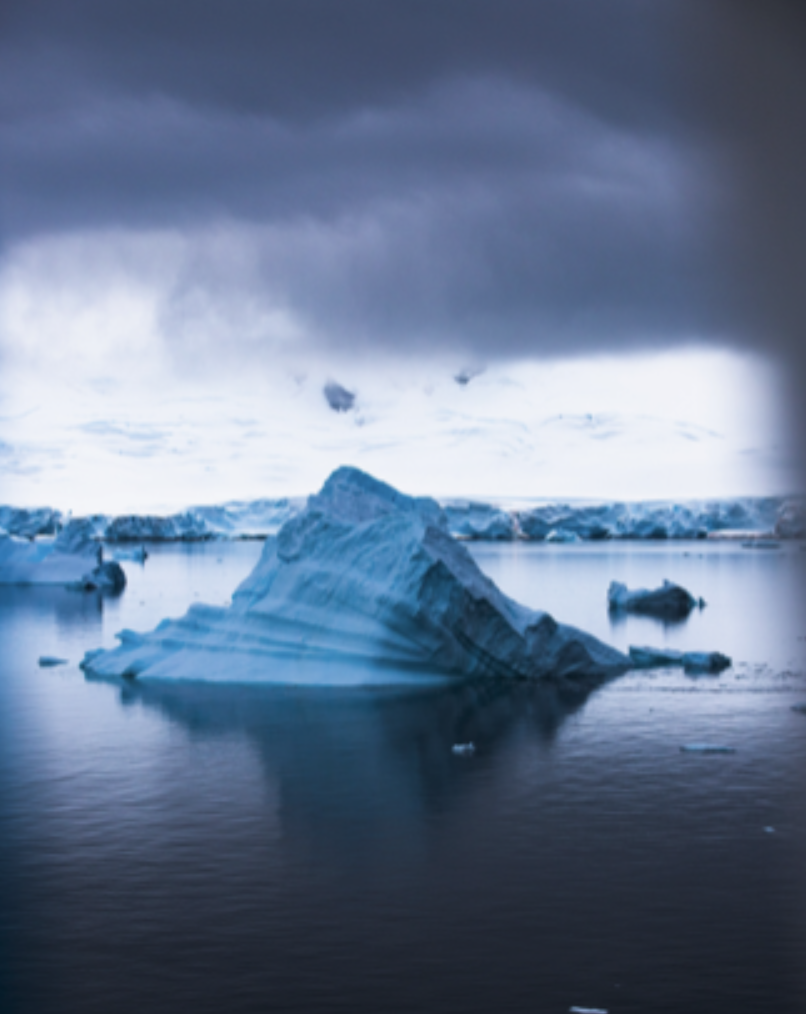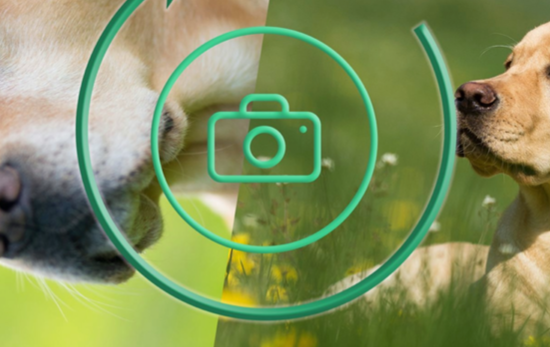Photography 101: Why Not? by Celeste Drake

Kids have a desire to learn, to express themselves. Once they reach a certain age, finger painting, legos and watching the same Disney movies over and over again gets old. Photography allows one to express one’s self through a matured, technical, creative medium. A photographer is constantly learning, evolving their style, adjusting technique. A photographer understands the manipulation of light to create art. A photographer shows who they are through their work. Children have these desires and to get them to start learning now is only setting them up to achieve these things in the near and distant future.
Photography not only combines creativity and art, but it also allows a person to gain a technical know-how of cameras, of how light travels and how to use it to create something beautiful, deep and/or expressive.

Learning and understanding the concepts of photography is probably more simple than you think. Once you get the basics down and apply them to your work, creating your own looks and styles is what it’s all about.
These basics include shutter speed, aperture and ISO. Shutter speed is the time in which you allow the light into your camera. When you take a picture, you hear a click, right? This click is the sound of the shutter opening and closing, and shutter speed allows you to control how long that shutter stays open for. In other words, it allows you to control how long your photo is exposed to light. The larger the number, the longer the shutter is open. The smaller the number/fraction, the shorter the shutter stays open. Aperture is the next setting your child will better understand. There is an opening in your camera that looks like a circle. We can control how big or small that opening is, and in return we can control how much light is let in when the shutter opens and closes. For aperture, the numbers are backwards to most people. The larger the number is, the smaller the opening in your camera will be. The smaller the number is, the larger the opening will be. Make sense? Maybe reread that a couple times to really nail the concept. I know when I was starting out many years ago that was a challenging concept for me. The last setting your child will need to think about is ISO. This setting is sort of the brightness of your photos. You basically want to adjust this number based on your environment. If you are outside and it’s midday, the sun is out and no clouds are in sight, you want to keep it low, probably at 100, which is the lowest it goes. If you are in an ill lit room or outside in the late evening, you’ll want to bump up the ISO higher. However, I caution you on bumping up the ISO. The higher the ISO, the “grainier” the photo will be. Grain is something photographers generally try to avoid. Detail can be lost and tiny dots will begin to appear all over your photo. So for ISO, we try to keep it low!

Of course, the basics are just the basics. In my class, we will get into much more than this. I will teach concepts such as composition, lighting, white balance, etc. and students will practice hands on learning all the while through lessons, photography assignments and writing!
Everything is at their own reading/writing level, as well. Your child will understand photography and be able to perform on their own while improving their own unique photography work.
Celeste Drake teaches Photography 101 on Adult Classes Online, Kid Classes Online, and Summer Camp Online.



